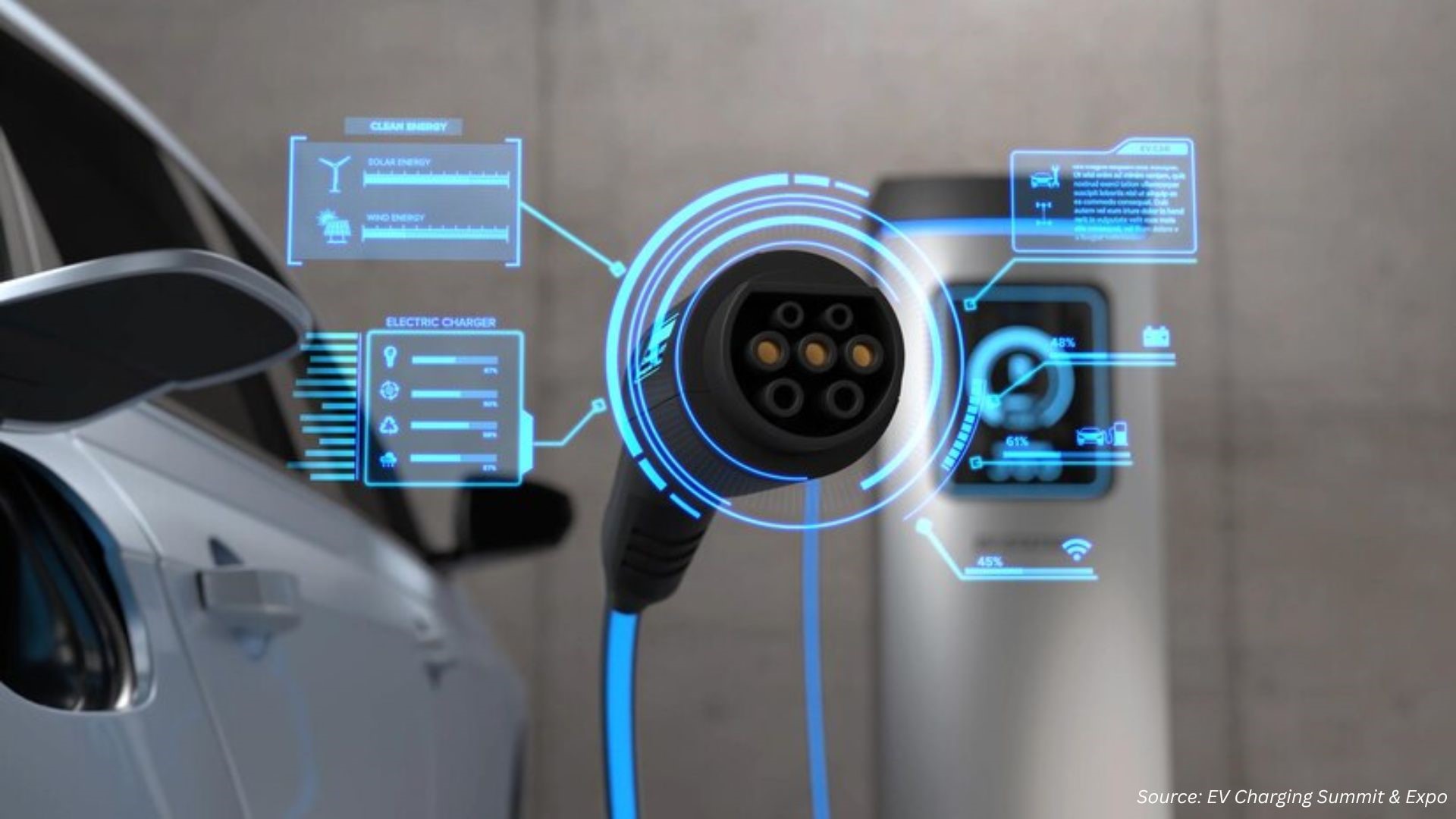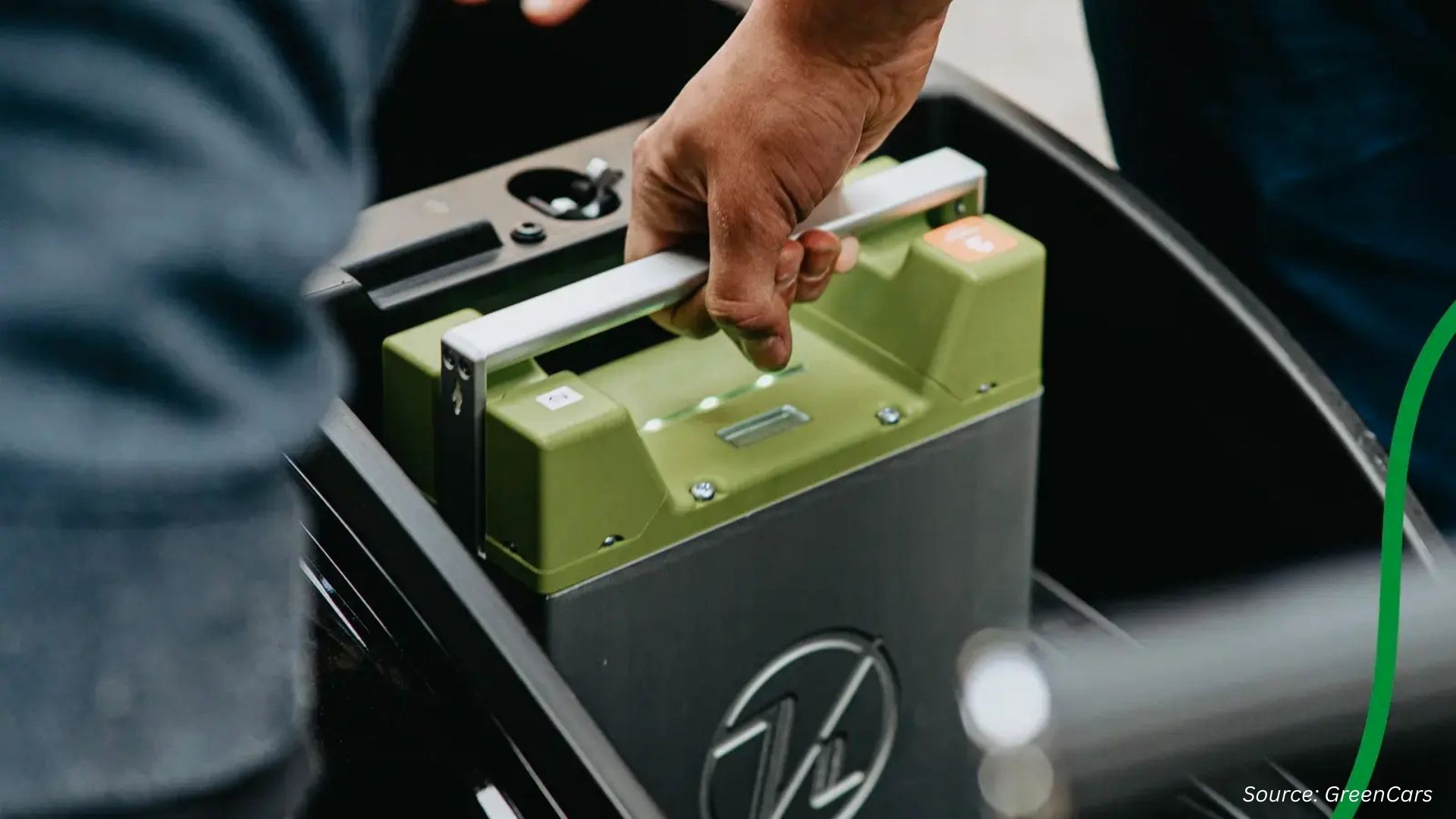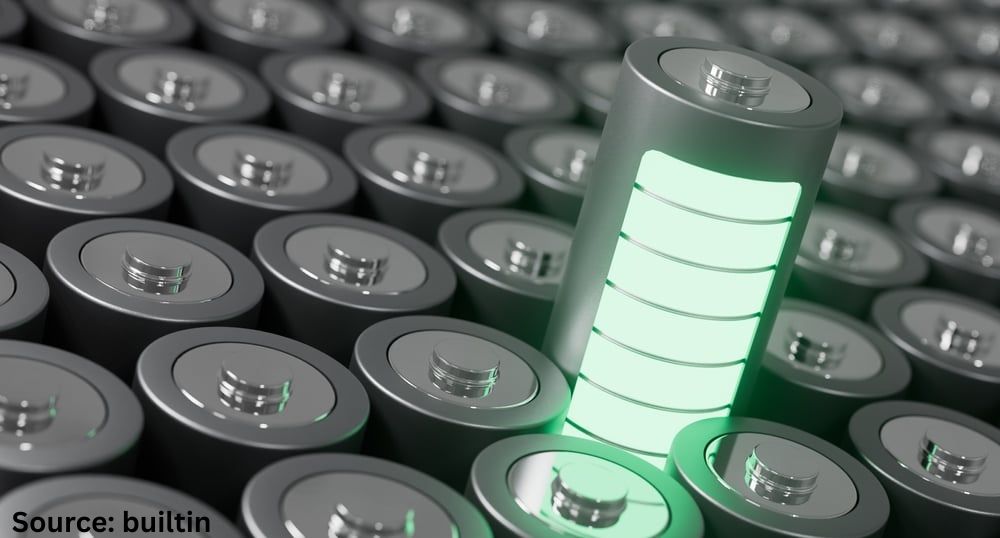Can V2G Technology Power the Future of Energy?
Published: 2025-09-20

Electric vehicles (EVs) are no longer just modes of transportation; they are becoming integral components of our energy infrastructure. One of the most promising advancements in this domain is Vehicle-to-Grid (V2G) technology. This innovative system allows EVs to not only draw power from the grid but also return surplus energy, transforming them into dynamic assets that can support energy systems, reduce costs, and promote sustainability.
Nissan to Launch Affordable V2G Charging on EVs in 2026
Nissan announced today that it will introduce affordable bi-directional charging on select electric vehicles starting in 2026. This initiative advances the company’s business strategy, The Arc, which focuses on delivering distinctive innovations to accelerate the EV transition and open new revenue opportunities. It also aligns with Nissan’s long-term vision, Ambition 2030, aimed at building a cleaner, safer, and more inclusive future. Vehicle-to-Grid (V2G) technology will allow EV owners to harness the energy stored in their car batteries to power their homes or feed electricity back into the grid.
EVs with V2G Technology Support Renewable Energy Integration
Electric vehicles equipped with Vehicle-to-Grid (V2G) technology can significantly enhance the integration of renewable energy into the power supply. By storing electricity generated from wind or solar sources and feeding it back into the grid during periods of high demand, V2G-enabled EVs help reduce reliance on fossil fuels and promote a cleaner energy system.
Nissan will introduce bidirectional charging on select EVs starting in 2026, enabling owners to power homes or feed electricity back into the grid. This move supports the integration of renewable energy, reduces dependence on fossil fuels, and aligns with Nissan’s long-term strategies, The Arc and Ambition 2030, for a cleaner and more sustainable future.
Germany’s V2G Market Gains Momentum as Major Players Launch Initiatives
Germany’s Vehicle-to-Grid (V2G) market is picking up notable momentum.
Within just a few days, several major energy and automotive companies revealed plans to capture a share of this growing market:
-
Octopus Energy, while introducing an EV leasing service in Germany, also revealed plans to bring V2G solutions to the market, leveraging its experience in the UK. The initiative aims to help stabilize the grid and reduce consumer energy costs by allowing electric vehicles to feed electricity back during peak demand periods.
-
Volkswagen’s e-mobility division, Elli, launched its own bidirectional charging pilot in Germany. This program enables participating EVs not only to draw power from the grid but also to supply electricity back to homes and potentially the wider energy system. By the end of the decade, Elli plans to integrate large-scale storage systems and hundreds of thousands of EV batteries across Europe into a virtual power plant (VPP), coordinating storage capacities and monetizing them through its energy trading platform.
-
E.ON and BMW Group announced what could become Germany’s first commercial V2G offering for private customers. The system pairs intelligent home charging infrastructure with bidirectional capabilities, giving consumers greater control over their energy usage while providing grid operators access to an expanding pool of flexible, vehicle-based storage capacity.
Germany’s V2G market is gaining momentum as major players like Octopus Energy, Volkswagen’s Elli, and E.ON with BMW announce initiatives. These projects aim to enable bidirectional charging, allowing EVs to feed electricity back into homes and the grid, support renewable energy integration, and provide consumers and grid operators with greater flexibility and control.
Positive Impacts of Vehicle-to-Grid Technology on the Energy and EV Markets
V2G Technology Enhances Energy System Flexibility
Vehicle-to-Grid technology allows electric vehicles to act as mobile energy storage units, feeding electricity back into the grid during periods of high demand. This capability improves grid stability, enables better management of peak loads, and reduces the need for traditional fossil-fuel-based backup power plants.
Key Benefits:
-
Supports renewable energy integration by storing surplus electricity from solar and wind sources.
-
Reduces reliance on fossil fuels, contributing to a cleaner and more sustainable energy system.
-
Provides grid operators with flexible energy resources to balance supply and demand efficiently.
Boosts Consumer Savings and Energy Autonomy
V2G technology empowers EV owners to manage their electricity consumption and potentially generate additional revenue by selling stored energy back to the grid during peak hours.
Key Benefits:
-
Lowers electricity costs for households through bidirectional energy flow.
-
Offers potential income streams from grid participation programs.
-
Increases energy independence by enabling homes to be powered directly from EV batteries.
Accelerates EV Adoption and Market Growth
The integration of V2G solutions strengthens the value proposition of electric vehicles by positioning them as more than just transportation tools—they become active contributors to the energy ecosystem.
Key Benefits:
-
Encourages EV purchases by adding financial and functional incentives.
-
Opens new business models for automakers, energy providers, and technology companies.
-
Stimulates investments in smart grid infrastructure and charging networks.
Strategic Industry Alignment
Major automotive and energy companies, such as Nissan, Volkswagen, BMW, and E.ON, are actively investing in V2G initiatives, signaling a strong industry commitment to scaling this technology.
Key Benefits:
-
Promotes partnerships between automakers and energy companies to innovate in smart charging solutions.
-
Positions companies as leaders in sustainable energy and future mobility markets.
-
Facilitates regulatory support and potential subsidies for clean energy and V2G adoption.
Next Steps: Embracing the V2G Revolution
-
Stay Informed: Keep abreast of developments in V2G technology and its implementation in your region.
-
Evaluate Your EV: Determine if your electric vehicle is compatible with V2G technology and explore available options.
-
Consider V2G Solutions: Research and consider adopting V2G solutions to maximize the benefits of your EV and contribute to grid stability.
-
Advocate for Policy Support: Engage with policymakers to support the development and implementation of V2G infrastructure and incentives.
-
Monitor Technological Advancements: Keep an eye on advancements in V2G technology to take advantage of new features and improvements.
Conclusion
Vehicle-to-Grid technology represents a significant step towards a more sustainable and efficient energy future. By enabling electric vehicles to interact dynamically with the power grid, V2G not only enhances energy security but also empowers consumers to play an active role in the energy transition. With companies like Nissan, Octopus Energy, Volkswagen, and BMW leading the way, the widespread adoption of V2G technology is on the horizon, promising a cleaner, more resilient energy landscape.
About the Author
 Karabi Sonowal is an experienced SEO Executive and Content Writer in digital marketing. She excels in SEO, content creation, and data-driven strategies that boost online visibility and engagement. Known for simplifying complex concepts, Karabi creates impactful content aligned with industry trends.
Karabi Sonowal is an experienced SEO Executive and Content Writer in digital marketing. She excels in SEO, content creation, and data-driven strategies that boost online visibility and engagement. Known for simplifying complex concepts, Karabi creates impactful content aligned with industry trends.
About the Reviewer
 Sanyukta Deb is a skilled Content Writer and Digital Marketing Team Leader, specializing in online visibility strategies and data-driven campaigns. She excels at creating audience-focused content that boosts brand presence and engagement, while also pursuing creative projects and design interests.
Sanyukta Deb is a skilled Content Writer and Digital Marketing Team Leader, specializing in online visibility strategies and data-driven campaigns. She excels at creating audience-focused content that boosts brand presence and engagement, while also pursuing creative projects and design interests.
















Add Comment